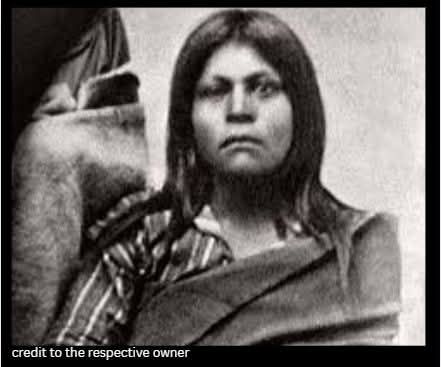In 1835, the Nicoleño people of California’s Channel Islands were removed by missionaries, but one woman was accidentally left behind. Her name was never recorded, and today she is known only as Juana Maria — the Lone Woman of San Nicolas Island.
For 18 years, she lived completely alone on a windswept island 60 miles off the California coast. She built shelters from whale bones and driftwood, made a dress from cormorant feathers, and survived by eating seal meat, fish, shellfish, and roots. Her only companions were wild dogs and seabirds. By the time she was found in 1853, her language had disappeared with her people, and no one could communicate with her.
When brought to the mainland, she survived just a few weeks before dying from illness. Yet her quiet resilience became legendary, later inspiring Scott O’Dell’s Island of the Blue Dolphins.
Though O’Dell’s novel took some liberties, the true story remains unforgettable: for nearly two decades, Juana Maria endured in solitude — one of the greatest and loneliest survival stories in American history.
